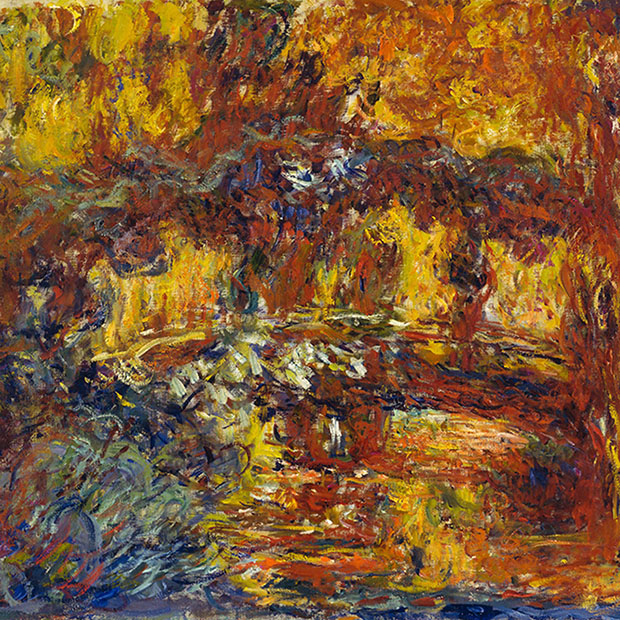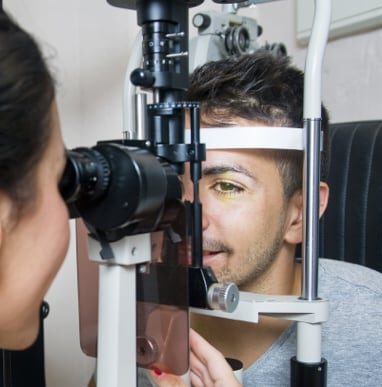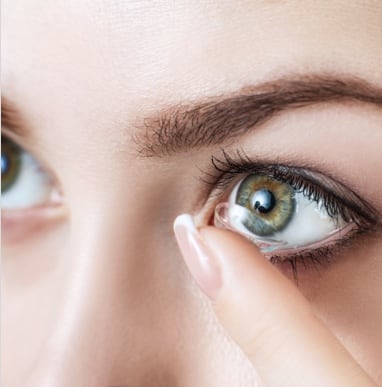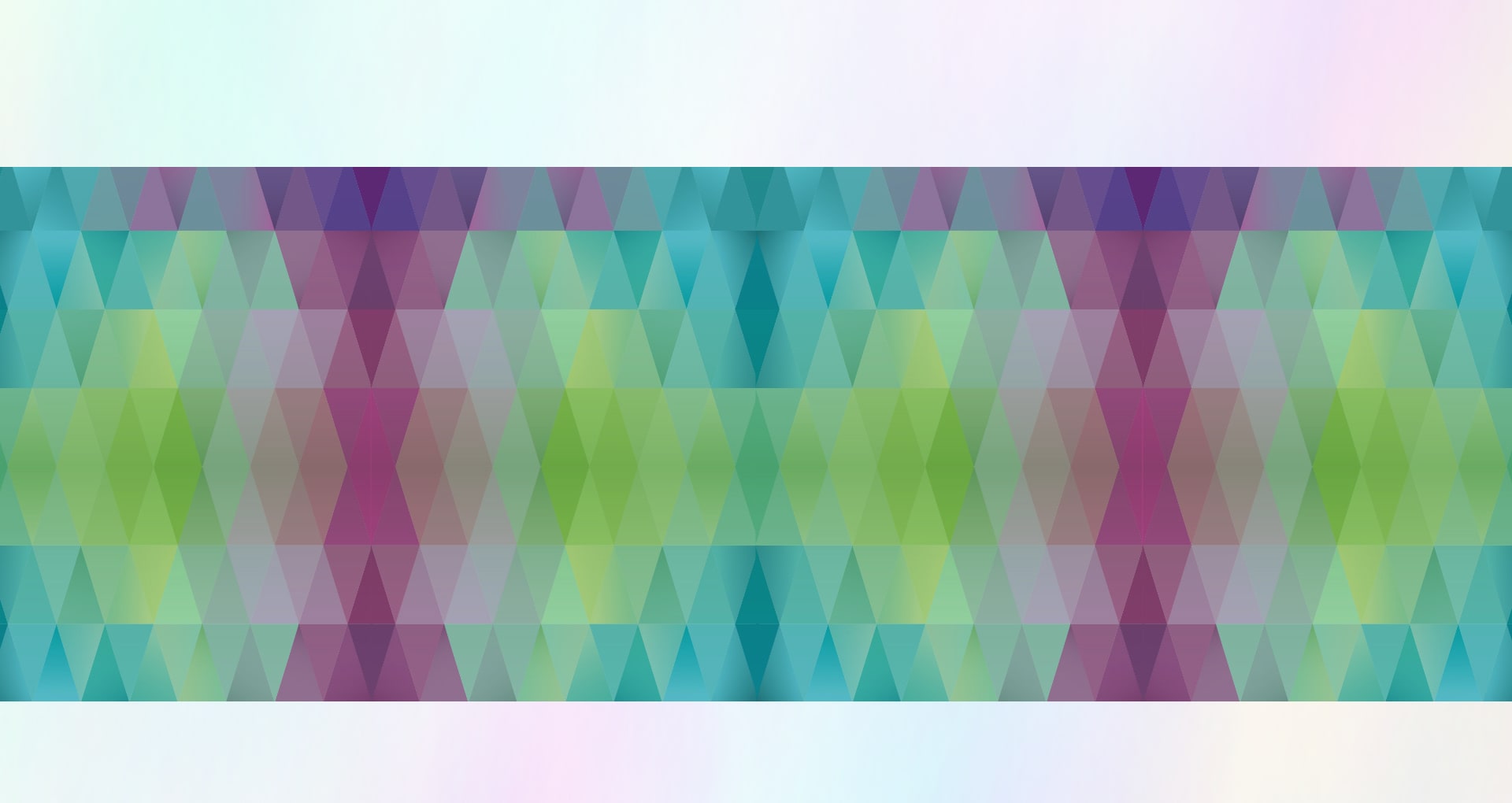
In the US alone, cataracts affect over 20 million adults 40 and older and half of all seniors age 80 and up.
Over time, the lenses in our eyes can become clouded by clumps of protein, resulting in worsening symptoms like reduced night vision, light sensitivity, glare, halo effects around lights, dim or cloudy vision, more frequent changes to glasses prescriptions, faded colors, and double vision in a single eye. Cataracts are the leading cause of blindness in the world, and there is a long and fascinating history of treating cataracts to restore sight.
A Brief Cataract Surgery Timeline
Cataract surgery is actually one of the oldest known surgical procedures, with the earliest record of it being from 600 BC! Back then, cataracts were treated through the couching technique. We don’t recommend it. It involved smacking the eye with a blunt object to dislodge the lens into the eye. When it worked, it allowed the patient to see again, but at the cost of any ability to focus their vision.
Eventually, couching was done with a sharp instrument rather than a blunt one, but it wasn’t until 1747 that the procedure saw significant improvement. French surgeon Jaques Daviel is credited with performing the first extracapsular cataract extraction, and the advent of topical anesthesia certainly helped. Despite Daviel’s improvements to the process, there still wasn’t a way to replace the opaque lens with a clear one.
Claude Monet and 1920s Cataract Surgery
Losing vision due to cataracts would be inconvenient for anyone, but it can be especially disruptive to a painter. This is exactly what happened to Claude Monet, one of the most famous French Impressionist painters. In his mid-50s, his vision began to suffer from cataracts. We can see the effects of his declining vision in his paintings. The colors he used became muddier and redder and the details much more vague.
Other artists hadn’t been very lucky with cataract surgery, so he avoided it as long as he could, trying other solutions like eye drops. In 1923, Monet finally got surgery on one eye. After his operations, he was a pretty miserable and difficult patient, but between the operations and special glasses to help him focus, he did enjoy greatly improved vision in the next few years, and his paintings from that period look much more like his work from before 1914.
Modern Cataract Surgery
Advancements with plastics and silicone finally made it possible to restore eyesight without the need for bulky glasses, by replacing the cataract-clouded lens with an artificial one. Now, 3 million Americans undergo cataract surgery each year, and the success rate is incredibly high, around 98%. Thanks to those artificial lenses, after surgery, patients are often able to enjoy 20/20 vision (or close to it) for the first time in years or decades!
Experiencing Cataract Symptoms?
If you’ve noticed changes to your vision that sound like the symptoms we listed above, it’s a good idea to come in for an eye exam. In this modern age of incredible medical advancements, there’s no reason to suffer vision loss due to cataracts. Give us a call to learn more or to schedule an appointment!












